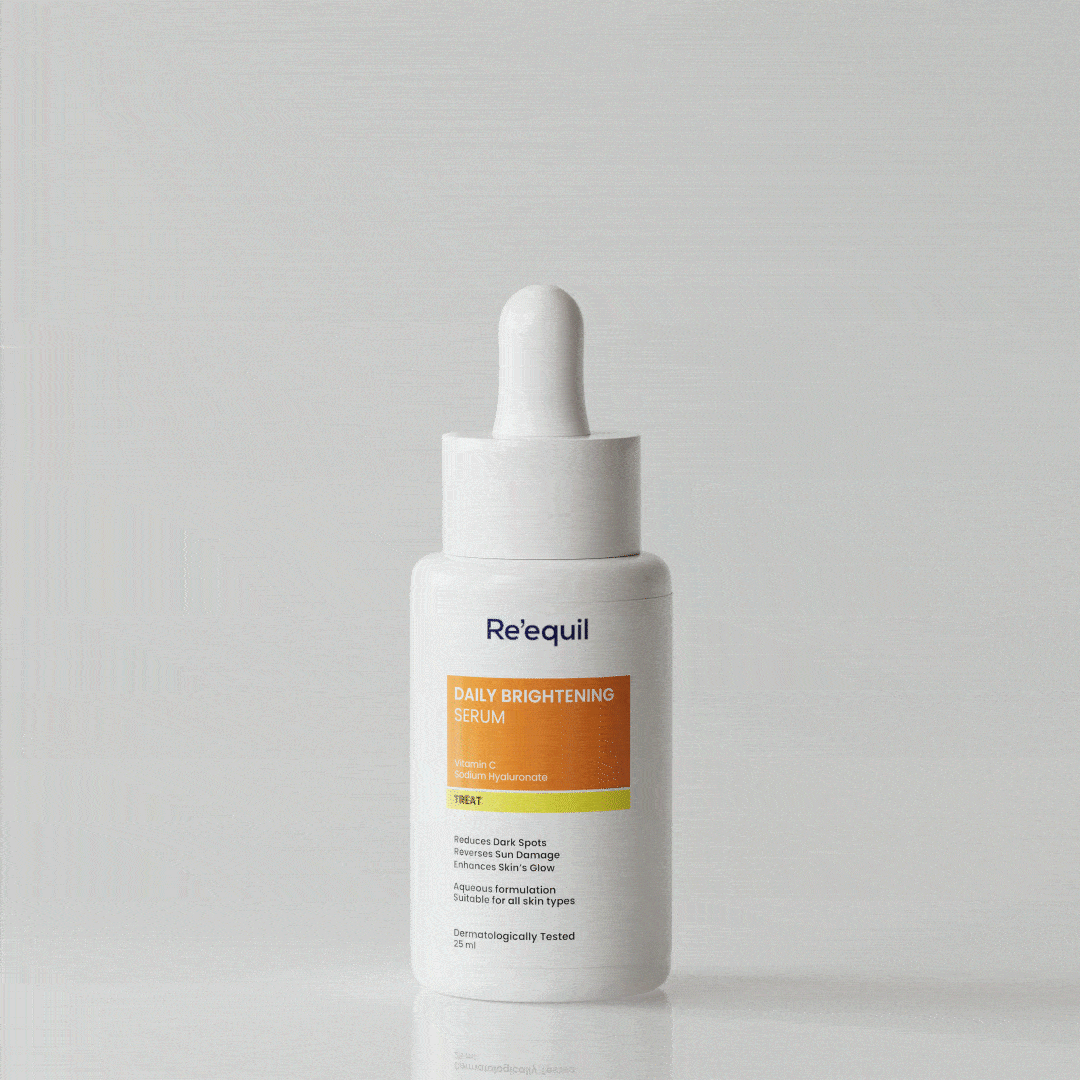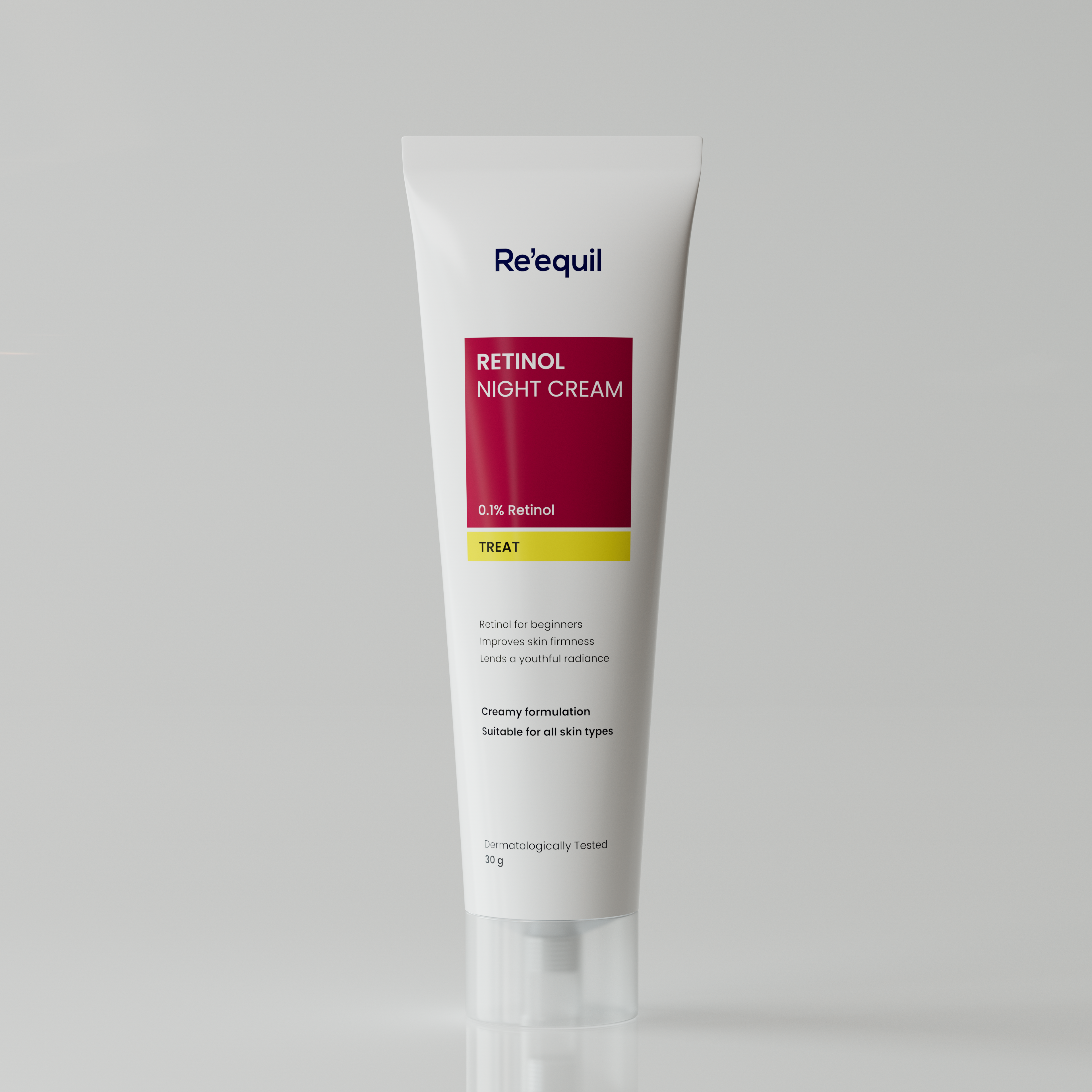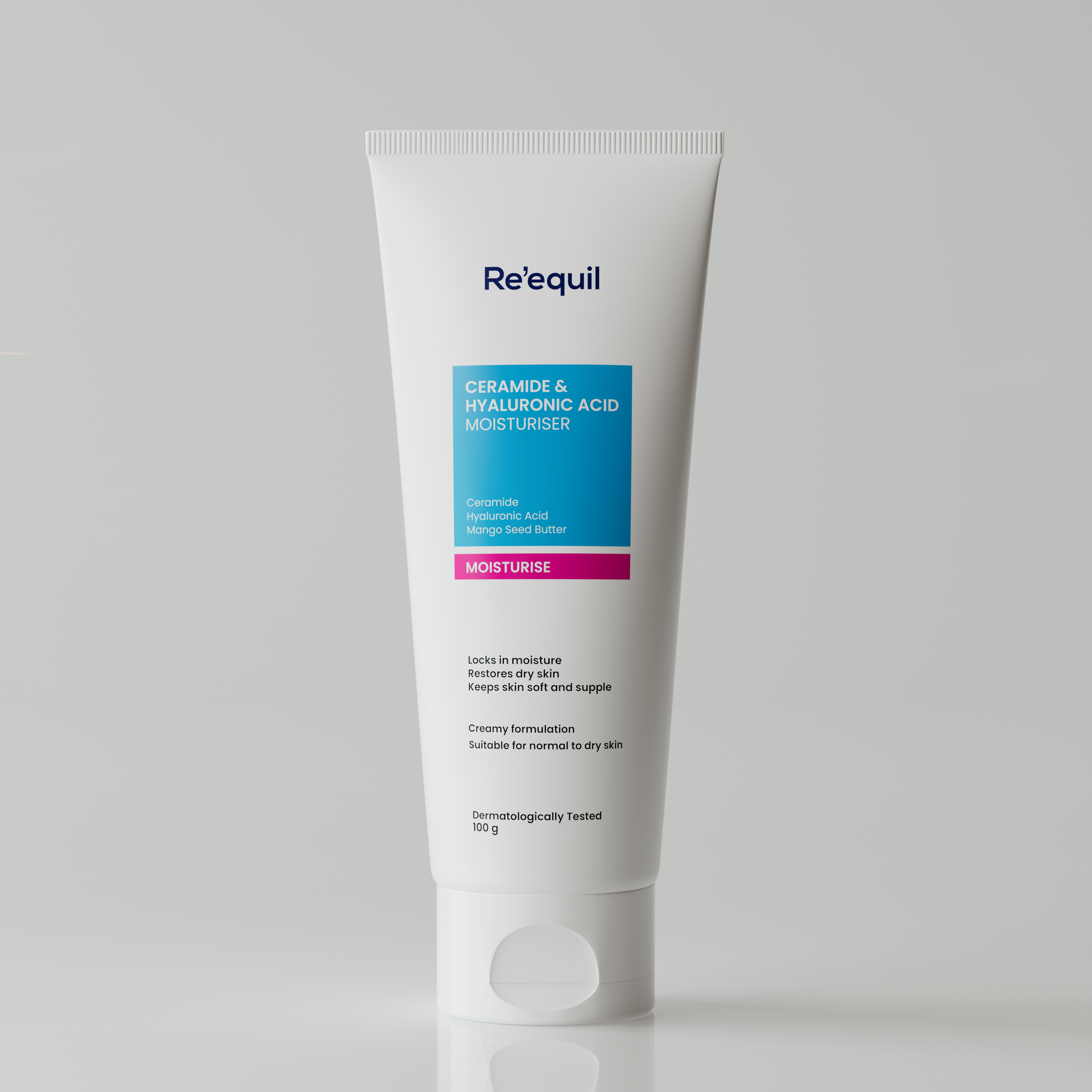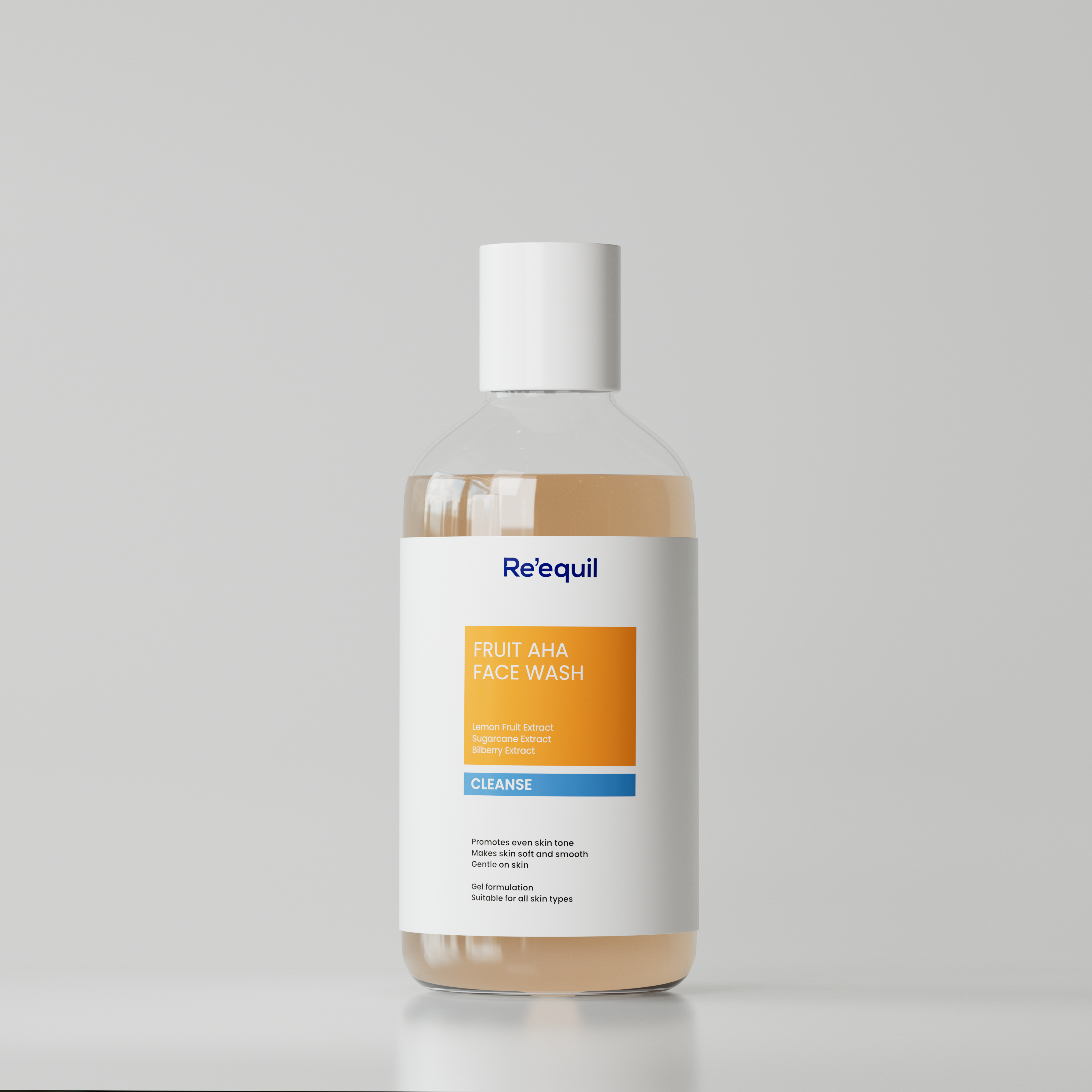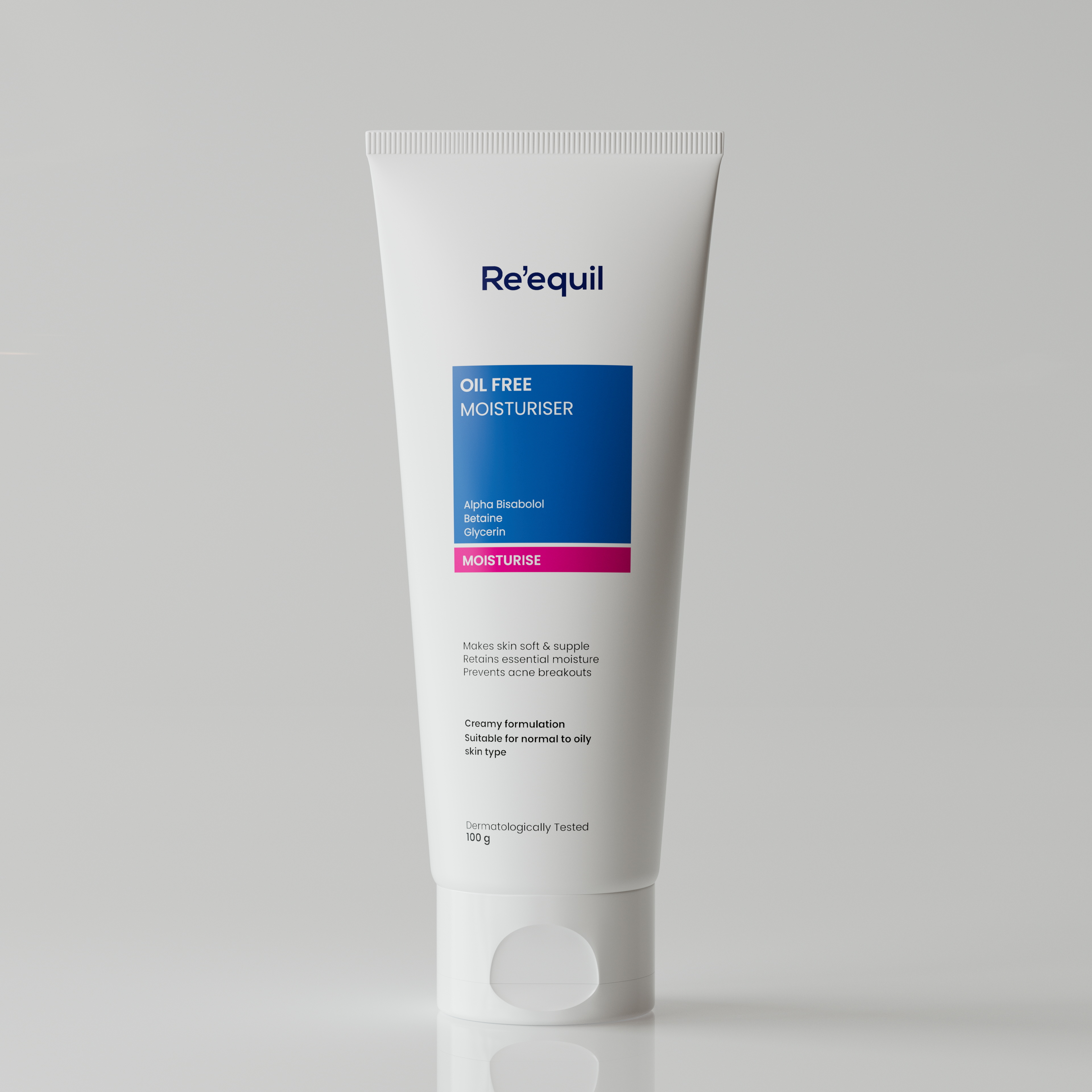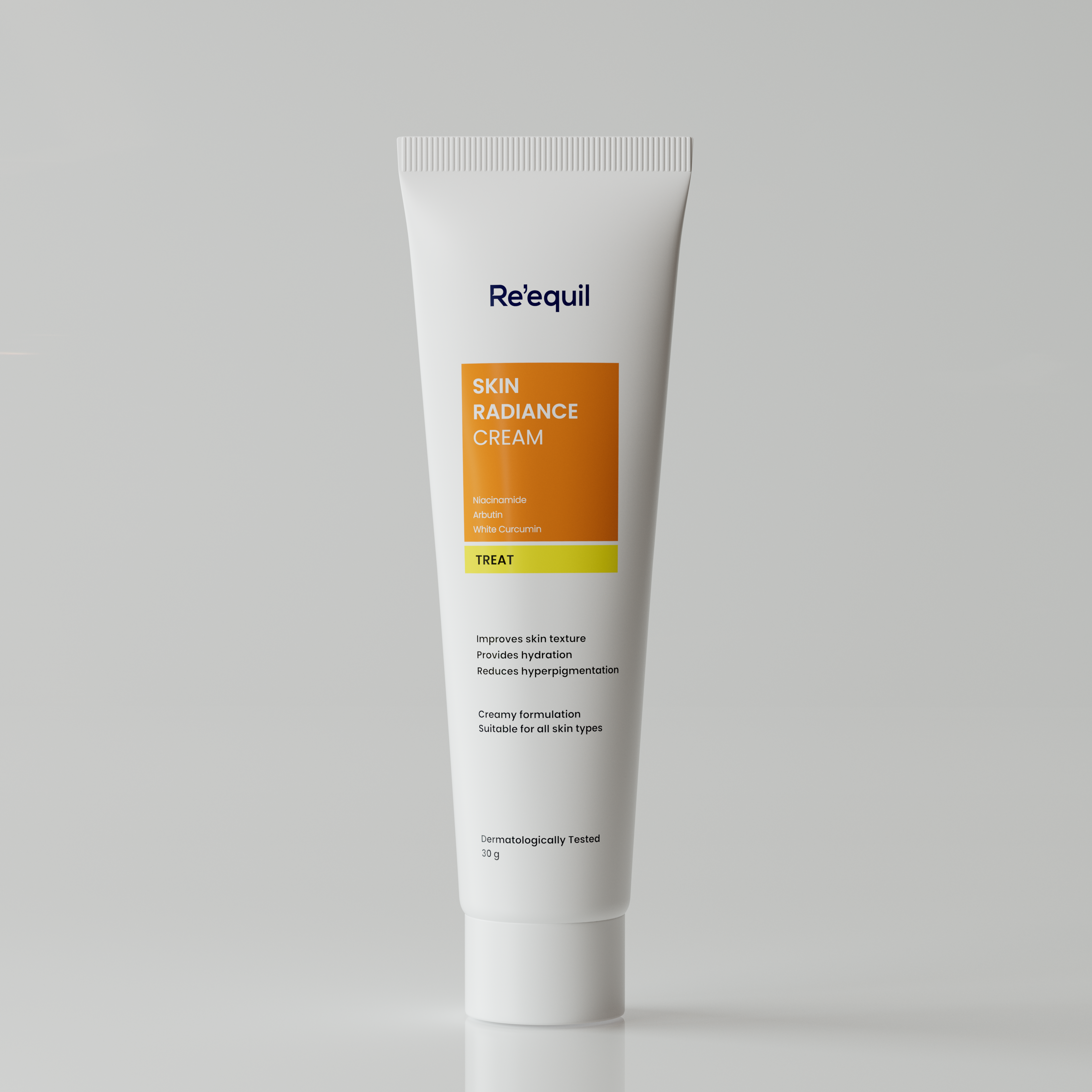Before we reveal the checklist for the right sunscreen for oily/acne prone skin, let's have a quick round of question-
Do you face the given below challenges with your existing sunscreen that you “think” suits your acne prone skin-
- Leave a white cast on the skin
- Make your skin feel overly greasy
- Cause congested pores and clogged skin
- Bring skin irritations, allergic reactions and breakouts ?
If your answer is yes, you are at the right place.
For oily/ acne prone skin, choosing the right sunscreen has always been a little tricky. We get that! But say no more! Here are a few things you should check the next time you buy sunscreen for your skin type.
Quick tips for buying sunscreen for oily and acne-prone skin

1. Look for a sunscreen with non - comedogenic properties to prevent clogging of pores
Clogged pores- pores blocked with dead cells, dirt, grime and excessive sebum- are one of the major factors behind breakouts. So, it is always advised to look for non- comedogenic products.
If a sunscreen label reads ‘non-comedogenic’, it is unlikely to clog the pores. Such formulations allow the skin pores to "breathe” saving you from the effects of clogging- acne and breakouts. Avoid comedogenic ingredients like Lanolin, argan oil, soybean oil, olive oil, and coconut oil.
2. Choose a sunscreen that has low penetration filters for advanced sun protection
Most sunscreens use very high penetration filters to prevent both UVA and UVB rays from getting into your skin. Such filters seep deeper into the skin causing skin irritations, allergic reactions and breakouts.
Fortunately, some sunscreens have lower penetration filters like Tris-Biphenyl Triazine (nano) shielding the skin from harmful UV rays. They feel light on the skin and do not compromise sun protection.
For the best coverage, opt for a sunscreen with SPF 50 and PA+++ / PA++++ rating.
3. Avoid these harmful ingredients in sunscreen- Oxybenzone and PABA
PABA (Para-Aminobenzoic Acid) is a naturally-occurring chemical found in various proteins and folic acid. It was added to sunscreen after it was found that it helped block UVB rays. However, PABA was observed to increase sensitivity to allergic reactions and tended to stain clothing. Later studies have shown that the product could damage human DNA.
Oxybenzone is derived from benzophenone that absorbs both UVA and UVB rays. However, it is a hazardous eye irritant and increases the body's sensitivity, triggering skin allergies. Check labels for such ingredients and avoid any product with either or both.

4. Opt for a lightweight sunscreen formula that spreads evenly without feeling sticky and greasy
Always opt for sunscreen with a lightweight and non-greasy formulation that spreads effortlessly on your skin. Such a product forms a thin layer on the skin that is easily absorbed without making your skin oily. This ensures that your skin is not clogged and safe from unwanted breakouts.
Final takeaway
We all agree that perfect sunscreens for oily skin are hard to find. Well, the low-penetration product has advanced sun protection at SPF 50 for oily acne prone skin. Oily skin can be hard to manage, but the right products and right skincare routine can lead your skin to a healthy skin.
Have a Happy skincare!




